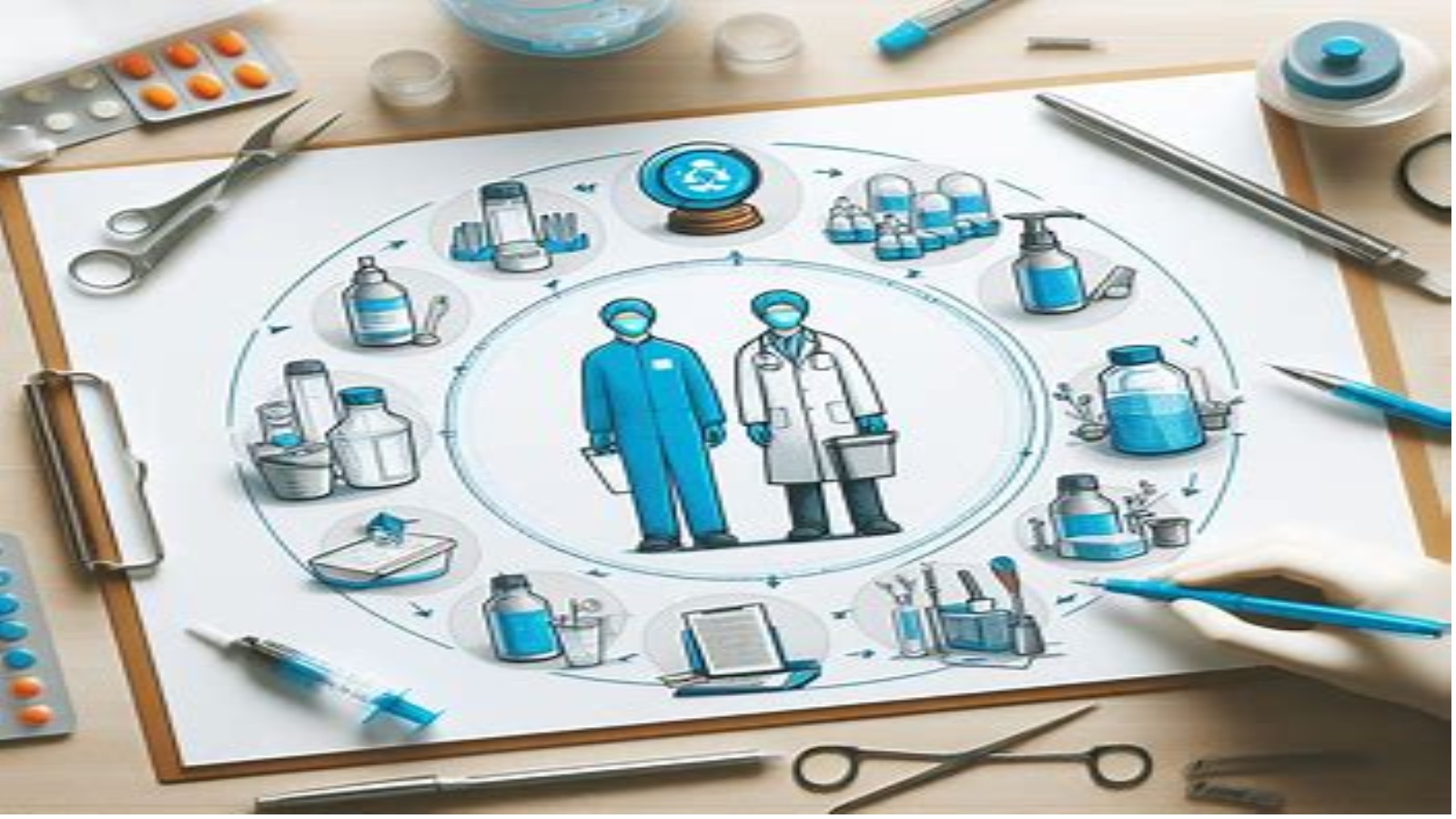1.0 Purpose:
This Standard Operating Procedure (SOP) outlines the steps to prevent cross contamination in order to maintain the safety and integrity of products, materials, and surfaces within the workplace.
2.0 Scope:
This SOP applies to all employees involved in handling, processing, and storing materials, products, and equipment in the designated work areas.
3.0 Responsibilities:
3.1 Management: Responsible for providing necessary resources, training, and supervision to ensure compliance with cross contamination prevention measures.
3.2 Employees: Responsible for following the procedures outlined in this SOP and reporting any instances of non-compliance or potential cross contamination.
4.0 Procedure:
4.1 Personal Hygiene:
4.1.1 Wash hands thoroughly with soap and water before and after handling any materials or products.
4.1.2 Wear clean protective clothing, including gloves and hairnets, as required by company policy.
4.1.3 Avoid touching the face, hair, or other body parts while working with materials or products.
4.2 Cleaning and Sanitization:
4.2.1 Regularly clean and sanitize all work surfaces, equipment, and utensils using approved cleaning agents.
4.2.2 Use separate cleaning equipment for different areas to prevent cross contamination.
4.2.3 Follow manufacturer instructions for proper dilution and application of cleaning agents.
4.3 Segregation of Materials:
4.3.1 Store raw materials, intermediate products, and finished goods in designated areas with clear separation to prevent cross contamination.
4.3.2 Use color-coded bins or labels to differentiate between different types of materials.
4.3.3 Implement a “first in, first out” (FIFO) system to ensure that older materials are used before newer ones.
4.4 Equipment Maintenance:
4.4.1 Regularly inspect and maintain all equipment to ensure proper functioning and prevent contamination.
4.4.2 Clean equipment thoroughly between uses, especially when switching between different types of materials or products.
4.4.3 Establish and follow a schedule for calibrating and servicing equipment as recommended by the manufacturer.
4.5 Waste Management:
4.5.1 Dispose of waste materials, including packaging and unused ingredients, in designated bins or containers.
4.5.2 Separate hazardous and non-hazardous waste to prevent contamination and facilitate proper disposal.
4.5.3 Train employees on proper waste handling procedures to minimize the risk of cross contamination.
4.6 Training and Communication:
4.6.1 Provide comprehensive training to all employees on the importance of cross contamination prevention and the specific procedures outlined in this SOP. 4.6.2 Regularly communicate updates and reminders regarding cross contamination prevention measures through meetings, posters, or other means of communication.
4.6.3 Encourage employees to ask questions and seek clarification if they are unsure about any aspect of the SOP.
5.0 Records:
Maintain records of training sessions, equipment maintenance activities, and any incidents of cross contamination or near misses for review and continuous improvement purposes.
6.0 References:
List any relevant regulations, industry standards, or company policies that inform or support the procedures outlined in this SOP.
7.0 Revision History:
Document any changes or updates made to this SOP, including the date of revision and the individual responsible for the revision.
8.0 Approval:
This SOP must be reviewed and approved by management before implementation, and any subsequent revisions must also receive approval before being enacted.
9.0 Distribution:
Distribute copies of this SOP to all relevant employees and ensure that it is readily accessible for reference purposes.
- For more articles, Kindly Click here.
- For pharmaceutical jobs, follow us on LinkedIn
- For Editable SOPs in word format contact us on info@pharmaceuticalcarrier.com
- For more information kindly follow us on pharmaguidelines.co.uk


